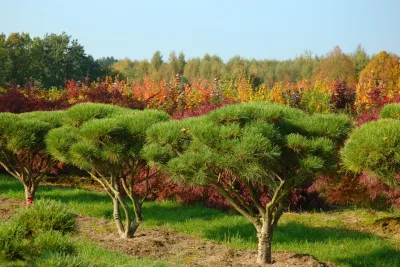Malus hybrids - Crab apples
The genus Malus, which is native to the northern hemisphere, comprises 30 species. This has resulted in the immense abundance of fruit varieties and ornamental forms. Only a few wild species are available, as they have a rather modest appearance compared to the ornamental apples. What the plant lover encounters in woods and field hedges as supposedly natural forms are mostly feral seedlings of fruit varieties
The exact number of hybrids cannot be stated, but estimates range from 700-800. Cultivators in the USA have been especially concerned with improving the assortment. Their profuse flowers, pleasantly sweet fragrance, various habits, and colourful autumn fruit are impressive.
Overview
Malus hybrids, white-flowering varieties
Malus hybrids, pink- and red-flowering varieties
Specifications:
b) Some varieties have larger fruit that are more useful. The varieties with larger fruit ripen as early as September, while their colours are usually modest.

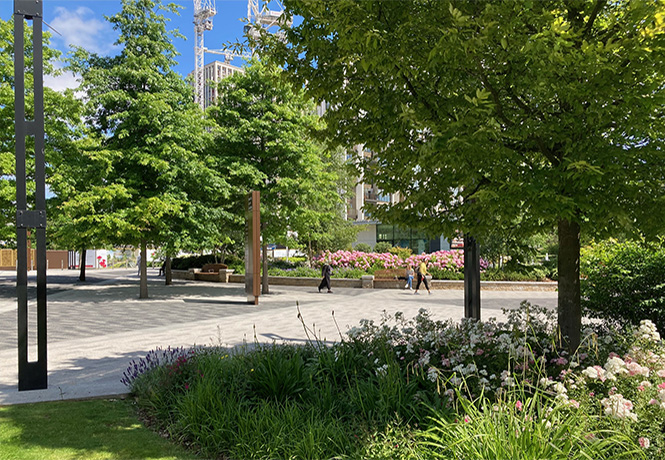
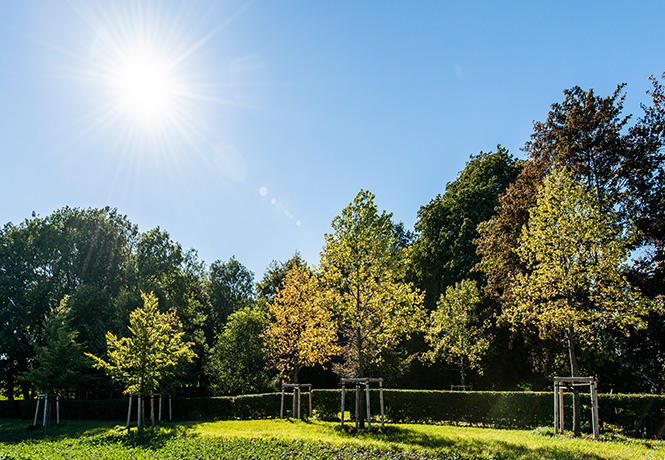
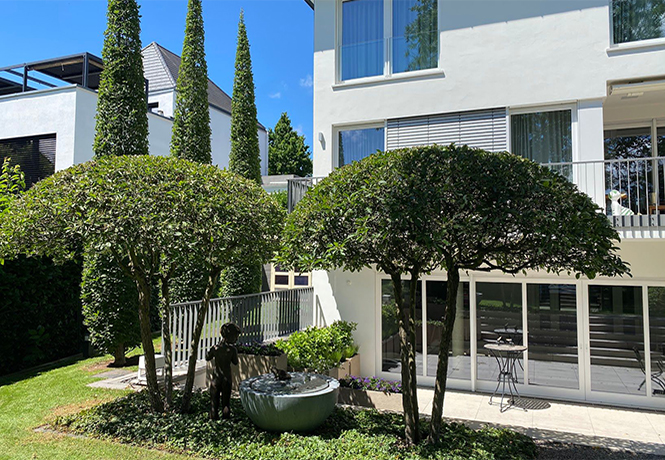
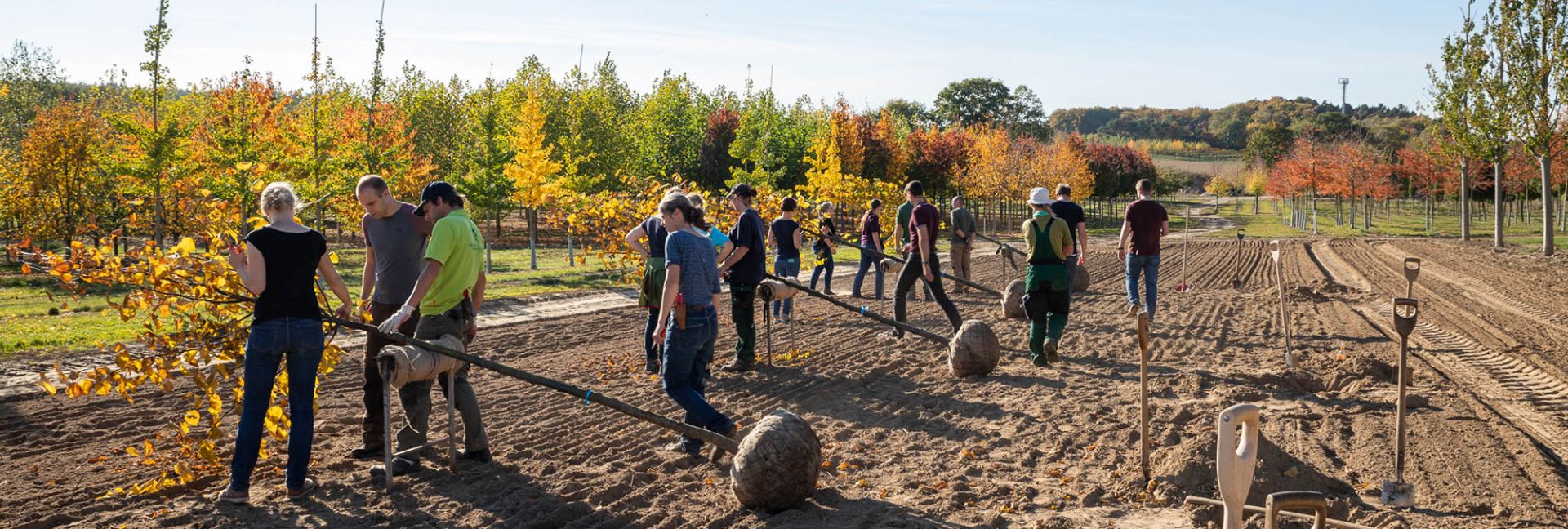

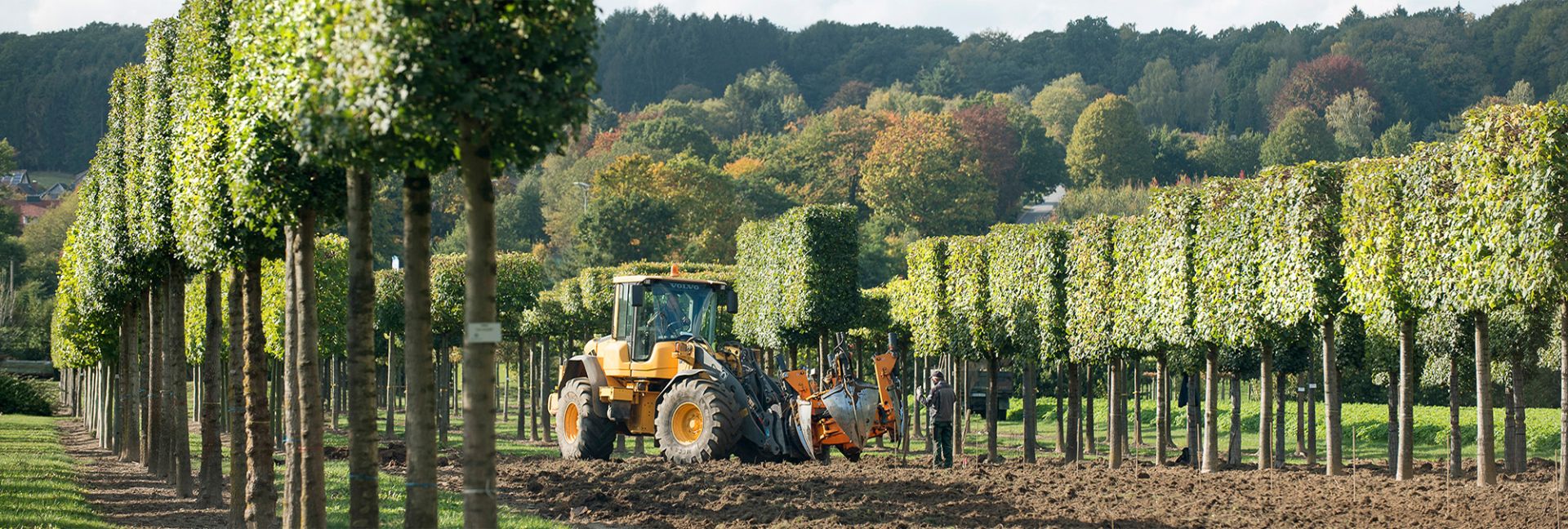

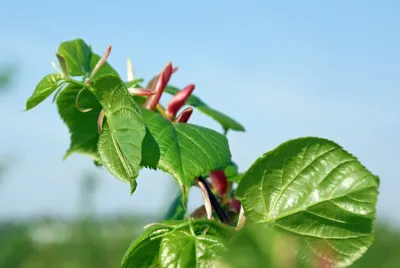
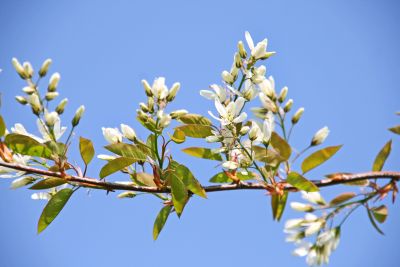

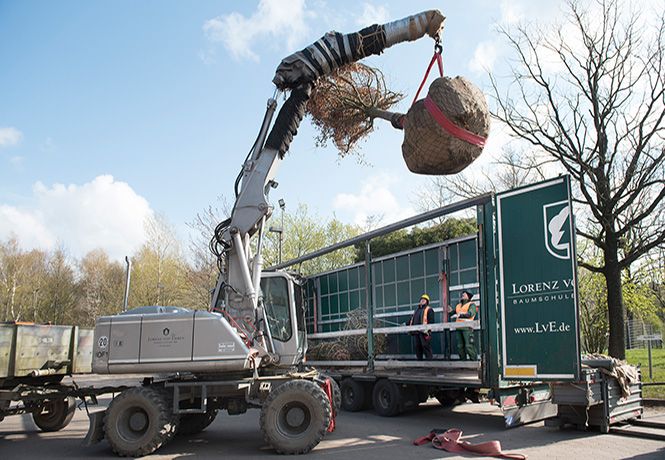
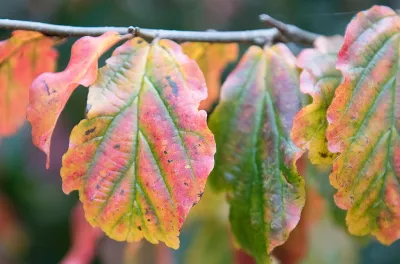


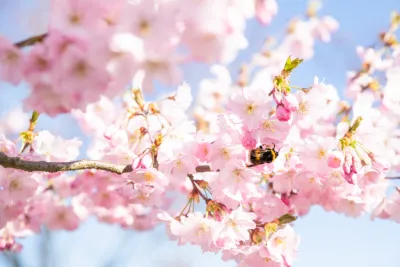
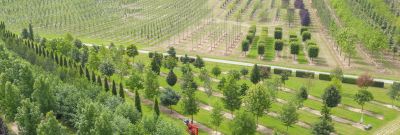


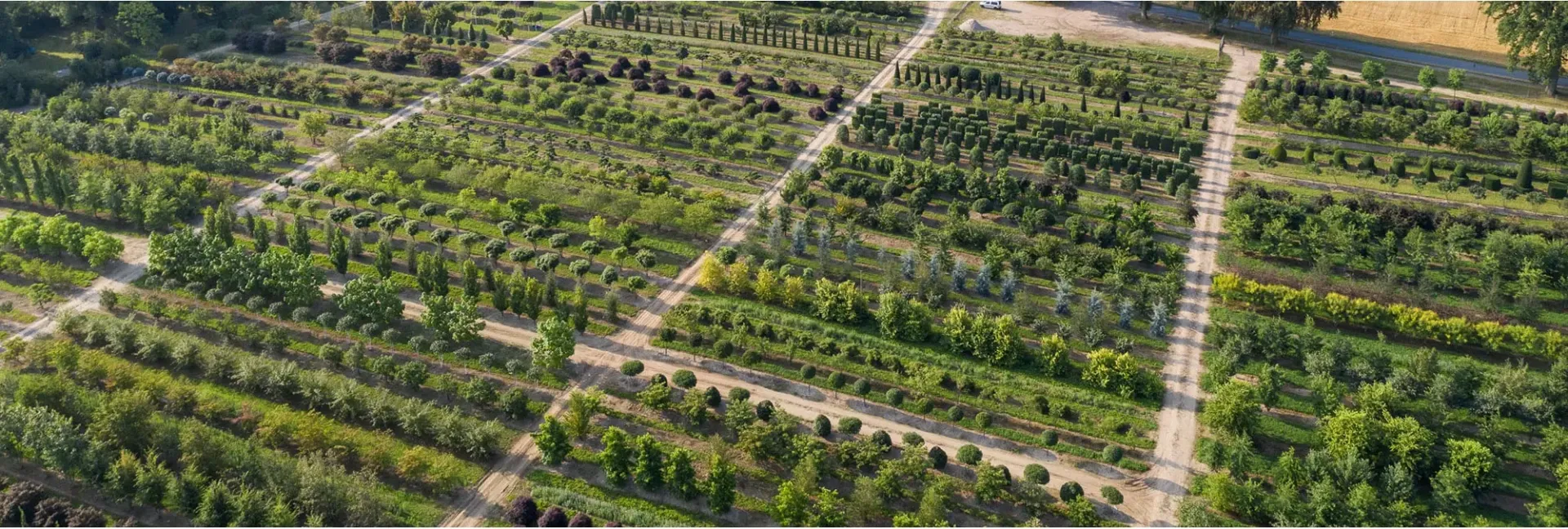
_400x400.webp)
